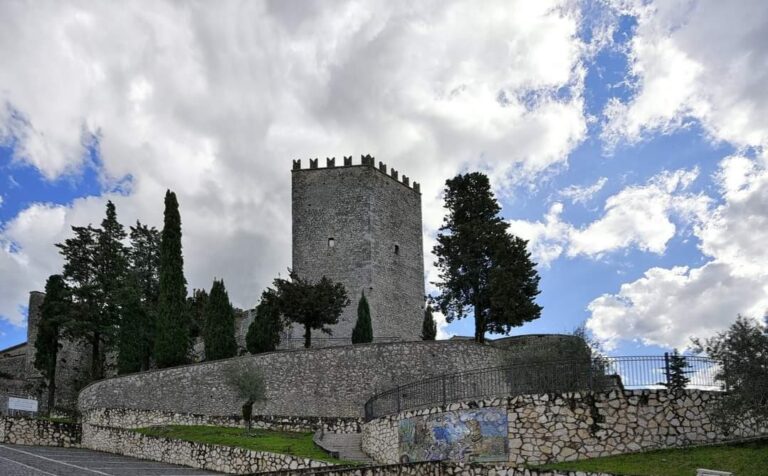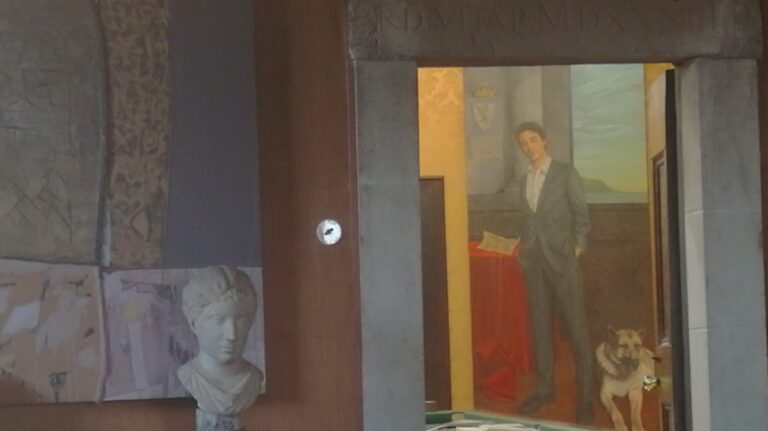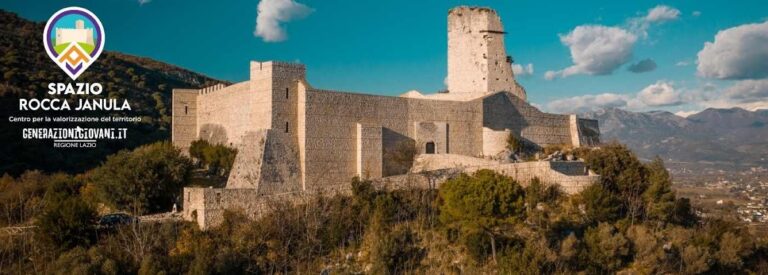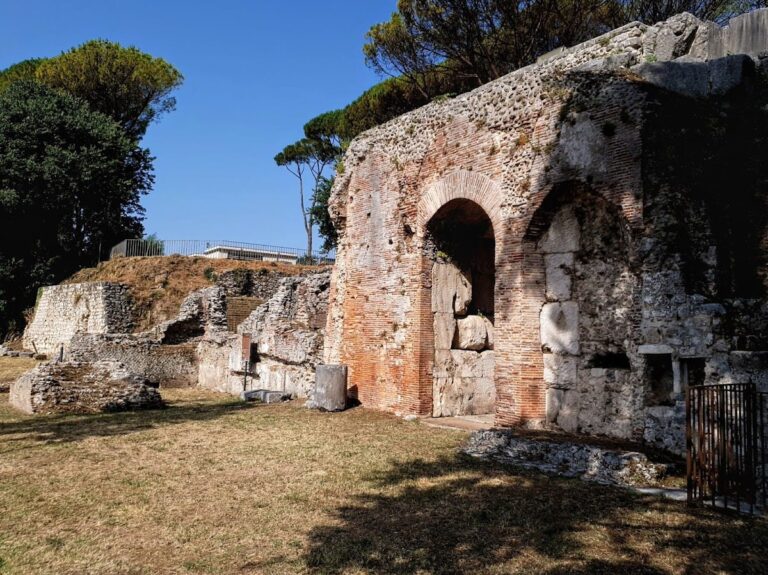Castle of Monte San Giovanni Campano: A Historic Fortress in Lazio, Italy
Visitor Information
Google Rating: 4.5
Popularity: Low
Google Maps: View on Google Maps
Country: Italy
Civilization: Medieval European
Remains: Military
History
The Castle of Monte San Giovanni Campano stands in the town of Monte San Giovanni Campano, located in the Lazio region of Italy. It was built at the end of the 10th century as a defensive fortress to protect the southern borders of the Papal States. Its strategic position made it a key military stronghold for several centuries.
In 1157, the castle came under the control of the Counts of Aquino, who were vassals of Pope Adrian IV. During this period, the fortress suffered significant damage from an earthquake in 1184. The castle is historically remembered as the place where Saint Thomas Aquinas was imprisoned by his own family between 1244 and 1245. They confined him to prevent his entry into the Dominican Order, but he famously escaped by lowering himself from a window using a rope.
Ownership changed in 1440 when the castle passed to the Spanish Marquis Innico d’Avalos through marriage. The fortress faced a major military event in 1495 when it was destroyed by the artillery of Charles VIII of France during his campaign to conquer Naples. This siege is notable as the first recorded instance of a fortress being breached by portable artillery.
After returning to Papal control in 1595, the castle served as the residence of the local governor. Following the unification of Italy in 1870, it was repurposed to house a local court. Restoration efforts began in 1942 under Luigi Mancini and resumed after 1990 by the Mastrantoni family. In the early 20th century, the castle hosted the composer Pietro Mascagni, who donated a grand piano that remains in the castle’s restaurant, which includes a room dedicated to him.
Remains
The castle’s layout includes two main towers and defensive walls that once enclosed a ducal palace and the surrounding town. The fortress was built using local stone, with walls exceeding two meters in thickness at the base. Originally, the complex had five towers and could hold over a thousand defenders, making it a formidable stronghold until its artillery breach in 1495.
The quadrangular tower dates to the 12th century and stands about 20 meters tall, with walls 3.3 meters thick at the base. It is surrounded by a bastion featuring sloped walls and embrasures designed for firearms, indicating later adaptations for gunpowder weapons. The pentagonal tower, built in the 13th century, contains two stacked rooms connected by a spiral staircase and features a large ogival (pointed) arched window facing inward. This tower houses antique furniture.
The ducal palace originally rose five floors, taller than the main tower, but the top three floors were demolished due to earthquake damage. The basement contains prison cells with prisoner graffiti still visible on the walls. Above these cells are the former jailer’s quarters, now intended for use as a library. Two rooms linked to Saint Thomas Aquinas’s imprisonment survive; the innermost was converted into a chapel in the 16th century. This chapel features a checkerboard floor made of blue and white majolica tiles and a Neapolitan triptych altar from the same century depicting scenes from the saint’s life.
A subterranean passage once connected the two towers and extended about 400 meters to an external exit. Near the pentagonal tower stands a separate Renaissance-style palace building containing banquet halls, music and game rooms, and a tavern decorated with period furnishings. A marble staircase leads from the atrium to the noble apartments.
Three of the original five town gates and two of the five main towers remain today. Much of the surrounding town was destroyed during the 1495 French assault. Restoration work by the Mancini family included a reconstructed fountain with a statue of a woman holding a basin in front of the palace entrance. However, some modern concrete elements introduced during restoration have affected the castle’s historical authenticity.










